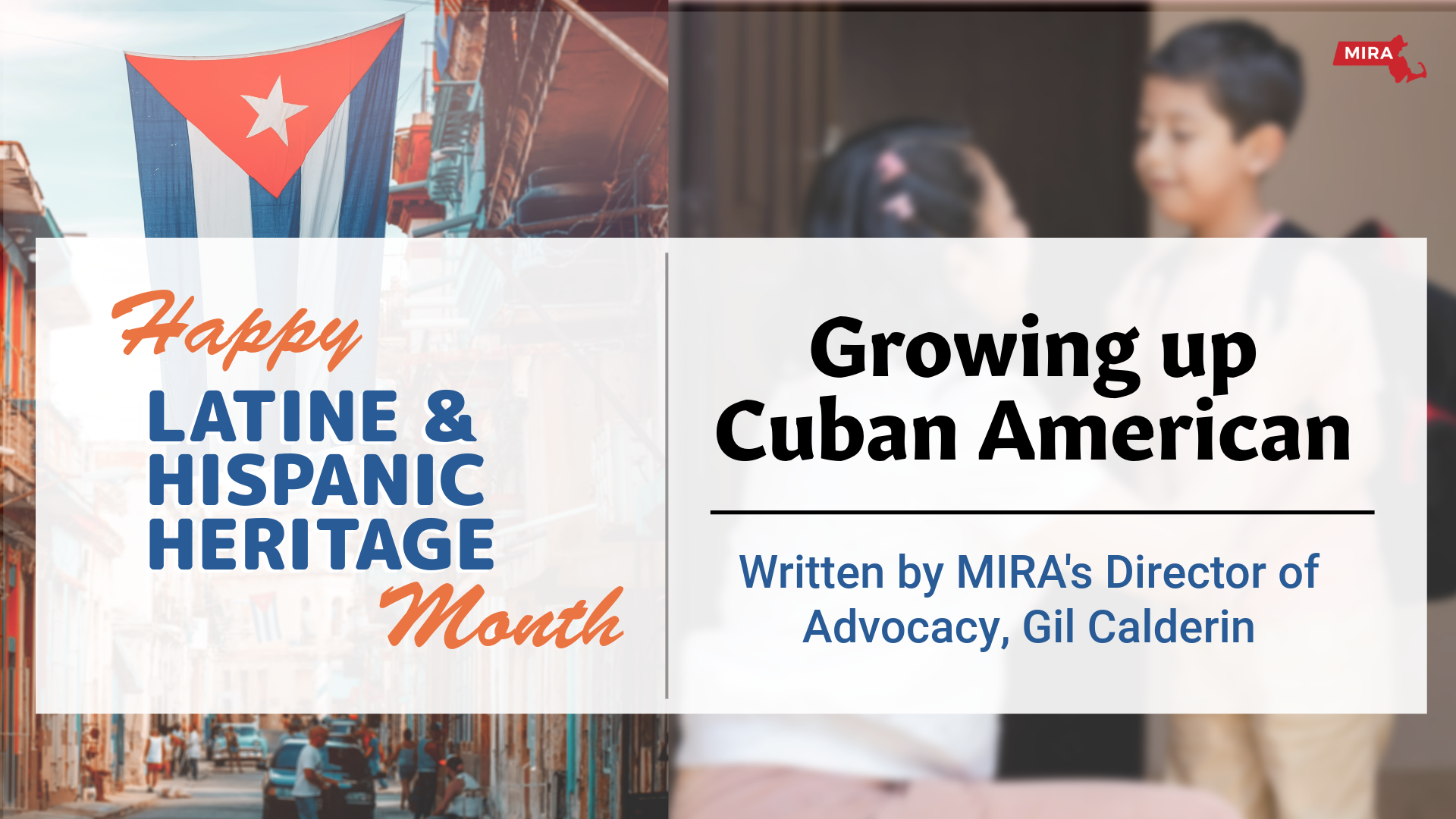
Growing up Cuban American, I learned early that identity cannot be contained within a checkbox on a census form or an application. Our lives are not boxes to be ticked. Instead, they are stories layered with experiences and alive with the cultures, struggles, and joys that shape us. For me, my identity has been built in two homes at once: Cuba in my heart, and America beneath my feet. Living at that intersection has not always been easy, but it has given me a perspective and a voice that could only be born of two worlds.
In Miami, my childhood unfolded around domino tables and tiny porcelain cups of café Cubano. Its sweet aroma always mingled with the clatter of domino tiles. My elders would laugh and argue, swapping stories of the Cuba they once knew. Stories filled with both nostalgia and grief. They wanted me to remember where I came from, to understand the sacrifices they made in leaving their patria, their homeland, so I could grow up with the freedoms and opportunities they were denied.
They passed down traditions in many ways. Through the meals we shared, plates of ropa vieja with rice and sweet plantains. Through music that spilled from the speakers during our Sunday morning cleaning, when Celia Cruz’s soaring voice urged us to dance, even with a broom in hand. Through celebrations that kept our heritage alive. Each moment reminded us that joy and resilience can live side by side.
But being Cuban American has never been simple. It meant living with a constant push and pull, speaking Spanish at home, then switching to English in classrooms. It meant trading words, identities, and even pieces of myself, just to belong. To my Cuban relatives, I was never quite Cuban enough; to my American peers, I was always too Cuban. I lived in the in-between, belonging to both yet claimed by neither.
This tension is one that many immigrant children carry—the silent but heavy question of whether we truly belong anywhere. For years, I defended my place on both sides. Over time, I discovered that my dual identity was not a burden to be explained; it was a gift. I learned to embrace being both, to stop apologizing for what I am, and instead to celebrate it. Not everyone is entrusted with this gift, and that makes it uniquely my own.
Today, I see myself as a bridge, a cultural broker between two worlds. I show others that you can belong to more than one place and be part of more than one story. My Cuban American identity is not a contradiction, but a harmony. And in that harmony, I have learned one simple truth: I am enough. To the immigrant children who wrestle with belonging, I see you. I hear you. You are enough.
